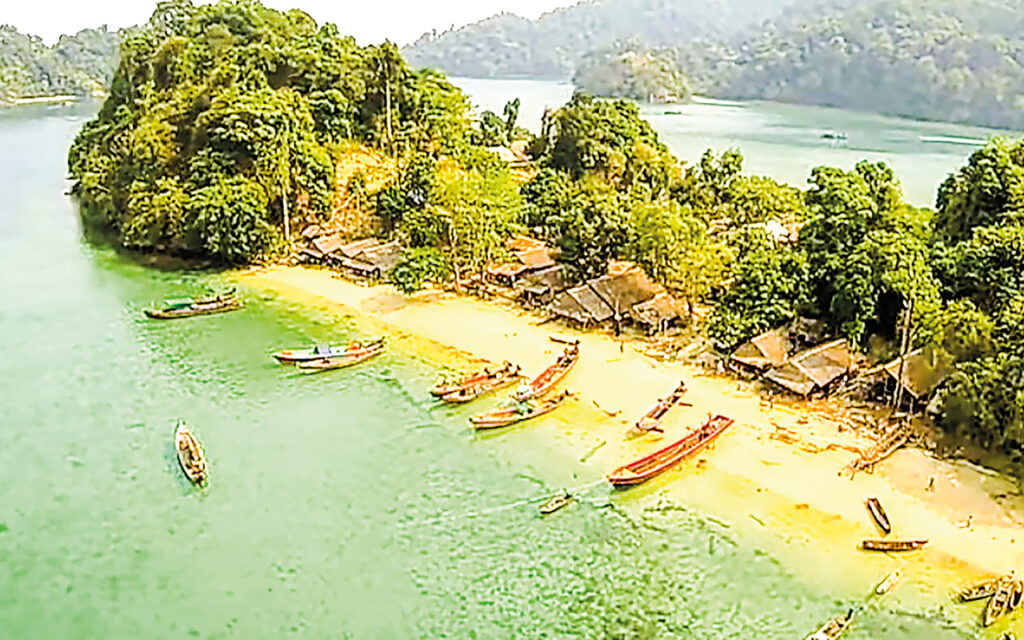According to the park official, tourists from Russia, Italy, the UK and other European countries flock to Wah Ale Resort in Lampi Marine National Park this year.
It is US$800 per tourist and US$1,500 for two tourists to Wah Ale Resort, and nature-based tourism without affecting the natural environment, biodiversity, botanical and biological things is under implementation.
“Being a nature resort, travellers enjoy nature differently from the one in urban. They can breathe in fresh sea air, sunbathe on the beach, and enjoy the beauty of coral reefs and underwater by snorkelling and paddling canoe-kayak. Some watch birds walking around the forest. The main reason the travellers visit this site is that it is a fine nature-based destination,” said U Kyi Oo, head of the park.
The Lampi Marine National Park boasts about 40 mammal species, 288 bird species, 42 fish species, 42 crab and prawn species, 136 small plant species, 151 amphibian species, 196 forest species, 63 mangrove species, and nine species of seagrasses. There are 61 species of hornbills in the world, 11 of which are found in Myanmar, and nine of these 11 reside in the Myeik Archipelago.
The Lampi Marine National Park boasts unique biodiversity and ecosystems including evergreen forests, mangroves, seagrasses and kelps, and coral reefs. It is situated in the Myeik Archipelago, Taninthayi Region, and is also home to endangered amphibians.
Thitsa (MNA)/KTZH
#TheGlobalNewLightOfMyanmar

